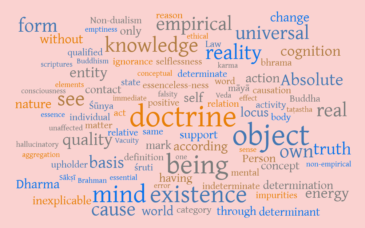Theme:
Celebrating Nativity of Jesus Christ, the Incarnation of God
Dates:
Christmas Season begins at sundown on 24 December and ends at sundown on 5 January.Colors:In most churches, the decorations are white to represent the angels who announced Jesus’ birth. You can read more about color in worship.
Scripture Readings:
The Revised Common Lectionary appoints Scripture readings for use in worship during the Season of Christmas.
The East:
This information is valid for Orthodox churches, too.
Special Days:
25 December, Christmas Day, commemorates the nativity of Jesus Christ.
1 January, Holy Name, commemorates Jesus’ circumcision, when He was given His name.
Christmas, as a celebration, had a surprisingly late start. It had different beginnings in east and west.
The Eastern Church and the Western Church
Christmas is the celebration of the nativity of Jesus Christ. In most churches, the Bible readings and the sermons during Christmas season concern the birth of Christ, the slaughter of the innocents, the flight to Egypt, and other related events.
The Christmas season begins at sundown on 24 December and lasts through sundown on 5 January. For that reason, this season is also known as the Twelve Days of Christmas. The calendar dates for Christmas and Epiphany are the same in the eastern and western Church, but many eastern Christians still used the unreformed Julian calendar, which is 13 days behind the Gregorian calendar. Their church calendar reads 25 December when the civil calendar says it is 7 January, and their church calendar reads 6 January when our civil calendar says it is 19 January.
The Western Church
There is a very widespread theory that Christmas began in Rome as a response to pagan festivities centering around the winter solstice, which was locally considered to be 25 December. The pagan celebration, which was first established by the Roman emperor Aurelian in AD 274, was called The Birth of the Invincible Sun. However, there is evidence that, some years earlier, Christians had made a sincere attempt to calculate the actual date of Jesus’ birthday.
In ancient Judaism, there was a common belief, which ancient Christians inherited, that the prophets of Israel died on the on the same date as their birth or conception. (This may be behind the long-standing Christian custom of referring to the date of a martyr’s death as their “birthday in heaven.”) According to ancient western calculations, Jesus was crucified on 25 March, so they assumed that 25 March was the date of Jesus’ conception. The Annunciation is still commemorated on that date to this day. Nine months after 25 March leads to 25 December, which would be the birthday of Jesus Christ if all those assumptions and calculations were correct. They aren’t correct, but the fact remains that the date has a Christian origin.
The Eastern Church
Meanwhile, back in the east, Christians calculated the date of the crucifixion independently and came up with 6 April. Nine months after 6 April is 6 January. So the birth of Christ was celebrated on that day.
Today
Christmas spread to the east and Epiphany spread to the west and the two days became differentiated. Today, Christmas is the Nativity and the Epiphany is the arrival of the wise men. Some Oriental Christians, notably the Armenians, still do not have Christmas, but still celebrate the birth of Christ on 6 January of the Julian calendar.
Special Days
The purpose of the liturgical calendar is to relive the major events in Jesus’ life in real time. If Jesus were born on 25 December, then He would have been circumcised and given His name on 1 January, the eighth day of His life on earth. Therefore, 1 January is known in the historic church as The Circumcision of Our Lord or Holy Name. (See Luke 2:21 and Leviticus 12:3.)
See also: Christmas Facts
The information on the origin of the dates of Christmas and Epiphany comes from William J. Tighe, Associate Professor of History at Muhlenberg College. For a very detailed discussion of the origin of the date of Christmas, see The Origins of the Liturgical Year by Thomas T. Talley. The Liturgical Press (Collegeville: 1991), ISBN 0-8146-6075-4.
Roughly speaking, the western Church consists of Protestants, Catholics, and Anglicans. The eastern Church consists of the Eastern Orthodox churches, the Oriental Orthodox churches, and the eastern-rite churches affiliated with the Roman Catholic Church.
Other Seasons
Advent | Epiphany | Lent | Holy Week | Easter | After Pentecost
